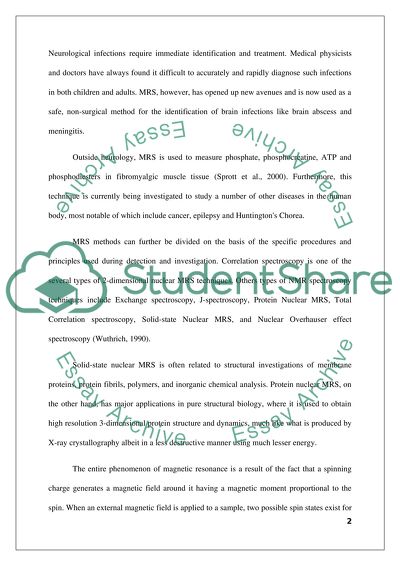Cite this document
(“Nuclear Magnetic Resonance Spectrometry Essay Example | Topics and Well Written Essays - 1500 words”, n.d.)
Retrieved from https://studentshare.org/miscellaneous/1533924-nuclear-magnetic-resonance-spectrometry
Retrieved from https://studentshare.org/miscellaneous/1533924-nuclear-magnetic-resonance-spectrometry
(Nuclear Magnetic Resonance Spectrometry Essay Example | Topics and Well Written Essays - 1500 Words)
https://studentshare.org/miscellaneous/1533924-nuclear-magnetic-resonance-spectrometry.
https://studentshare.org/miscellaneous/1533924-nuclear-magnetic-resonance-spectrometry.
“Nuclear Magnetic Resonance Spectrometry Essay Example | Topics and Well Written Essays - 1500 Words”, n.d. https://studentshare.org/miscellaneous/1533924-nuclear-magnetic-resonance-spectrometry.


